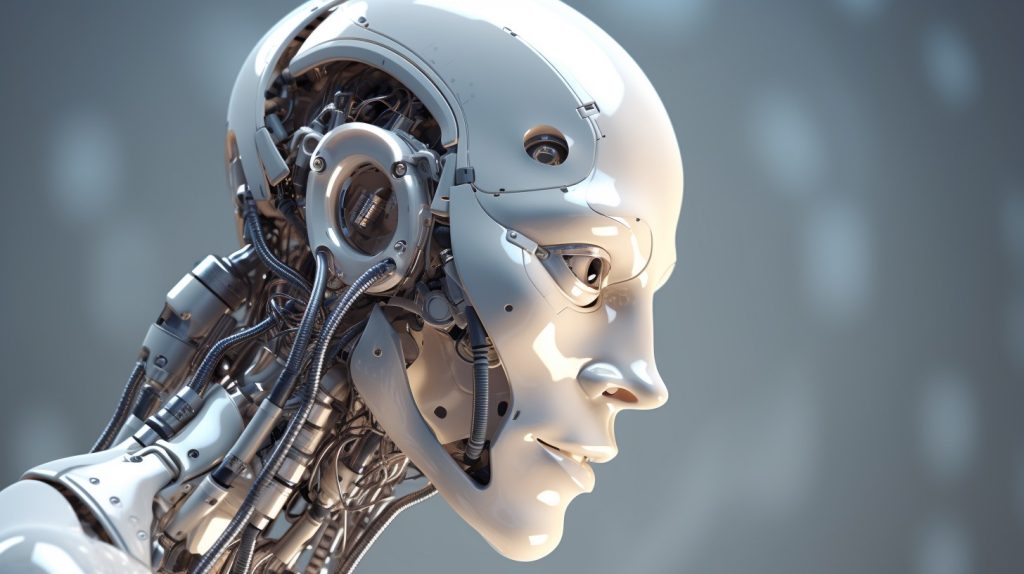AI, machine learning, and robotics were once seen as science fiction but have become reality due to human imagination, creativity, and persistence. Originated in the mid-20th century, these fields have evolved significantly, with advancements in data storage, computer processing power, and internet connectivity. Now, AI can resolve complex issues, like defeating world chess champions and performing speech recognition. Machine learning has grown due to the availability of vast amounts of data, with deep learning pushing boundaries further. Robotics has evolved from single-task machines to multi-functional devices utilized in various industries. Responsible use of these technologies is vital for their continued benefit to humanity.
From Sci-Fi to Reality: The Evolution of AI, Machine Learning, and Robotics
Introduction
Artificial Intelligence (AI), Machine Learning (ML) and robotics were once considered the stuff of science fiction. However, in recent years, these technologies have made significant strides, rapidly transitioning from the realm of fantasy into everyday reality. The journey of AI, ML, and robotics is an intriguing one, showcasing the extraordinary power of human imagination, creativity, and perseverance. Furthermore, their evolution underscores the transformative potential of these technologies in diverse areas ranging from healthcare to transportation, and from business to entertainment.
Origins and Early Days of AI, ML and Robotics
The origins of AI, ML and robotics trace back to the mid-20th century when pioneers like Alan Turing and John McCarthy began formulating the foundational theories and principles that would underpin these fields. Turing’s work on computation and algorithms laid the groundwork for AI, while McCarthy is credited with coining the term ‘Artificial Intelligence’ in 1956. At the same time, the budding field of robotics was making strides with the creation of Unimate, the first industrial robot, in the 1960s.
The 1970s through the 1990s: Early Development and Challenges
During the 1970s and 80s, interest in AI, ML and robotics continued to grow, albeit slowly. The primary challenges during this period were the limitations of hardware and the lack of sophisticated learning algorithms. The term ‘machine learning’ was first coined in 1959, but practical applications of ML were few and far between. AI also faced significant hurdles, and despite a few notable successes, such as the development of expert systems, the field suffered from inflated expectations and subsequent disappointments, leading to several ‘AI Winters.’
The 2000s onwards: Major Breakthroughs and Mainstream Adoption
The advent of the 21st century brought a renewed optimism in AI, ML and robotics. Advances in computer processing power, data storage, and Internet connectivity, coupled with the growth of big data, created the perfect storm for these technologies to thrive. Machine learning, in particular, began to move from the periphery to the core of AI research, fueled by the evolution of neural networks and the introduction of deep learning techniques. Robotics, too, saw significant advancements as robots began transitioning from manufacturing floors to homes, streets, and even skies.
Artificial Intelligence: From Chess to Speech Recognition
AI has moved from merely mimicking human intelligence to demonstrating abilities that surpass human capabilities in specific tasks. IBM’s Deep Blue defeating world chess champion Garry Kasparov in 1997 marked a significant milestone. However, this achievement was surpassed by Google’s AlphaGo in 2016, when it defeated the world champion in Go, a game considered far more complex than Chess. These victories signaled the power of AI to resolve complex problems. Today, AI applications such as speech recognition, image interpretation, and natural language processing have become commonplace, highlighting how far we’ve come from the early days.
Machine Learning: A Catalyst for AI’s Growth
The growing availability of vast amounts of data has fueled the proliferation of ML. ML algorithms are now at the heart of many AI systems, from recommendation engines of Netflix and Amazon to self-driving car algorithms. These technologies learn and improve from experience, changing the landscape of computing and automation. Deep learning, a subset of ML, has pushed the boundaries even further by introducing neural networks that imitate the human brain, unlocking new possibilities in voice recognition, computer vision, and predictive analytics.
Robotics: From Manufacturing to Personal Assistants
Modern robotics has come a long way since the days of Unimate. Robots have advanced from single-task machines to multi-functional devices capable of performing tasks in various industries, from medicine to agriculture. The rise of personal assistant robots, like Amazon’s Alexa and iRobot’s Roomba vacuum cleaner, signifies the increasing incorporation of robotics into our daily lives. Additionally, advancements in robotic process automation (RPA) and the development of humanoid robots, like Hanson Robotics’ ’Sophia’, depict a future where robots could coexist and collaborate with humans.
Conclusion
The journey from science fiction to reality for AI, ML, and robotics has been remarkable, yet we are only at the beginning. The potential of these technologies is vast, and their future evolution promises a world of possibilities. However, along with their potential comes the responsibility to use them ethically and ensure they benefit all of humanity.
